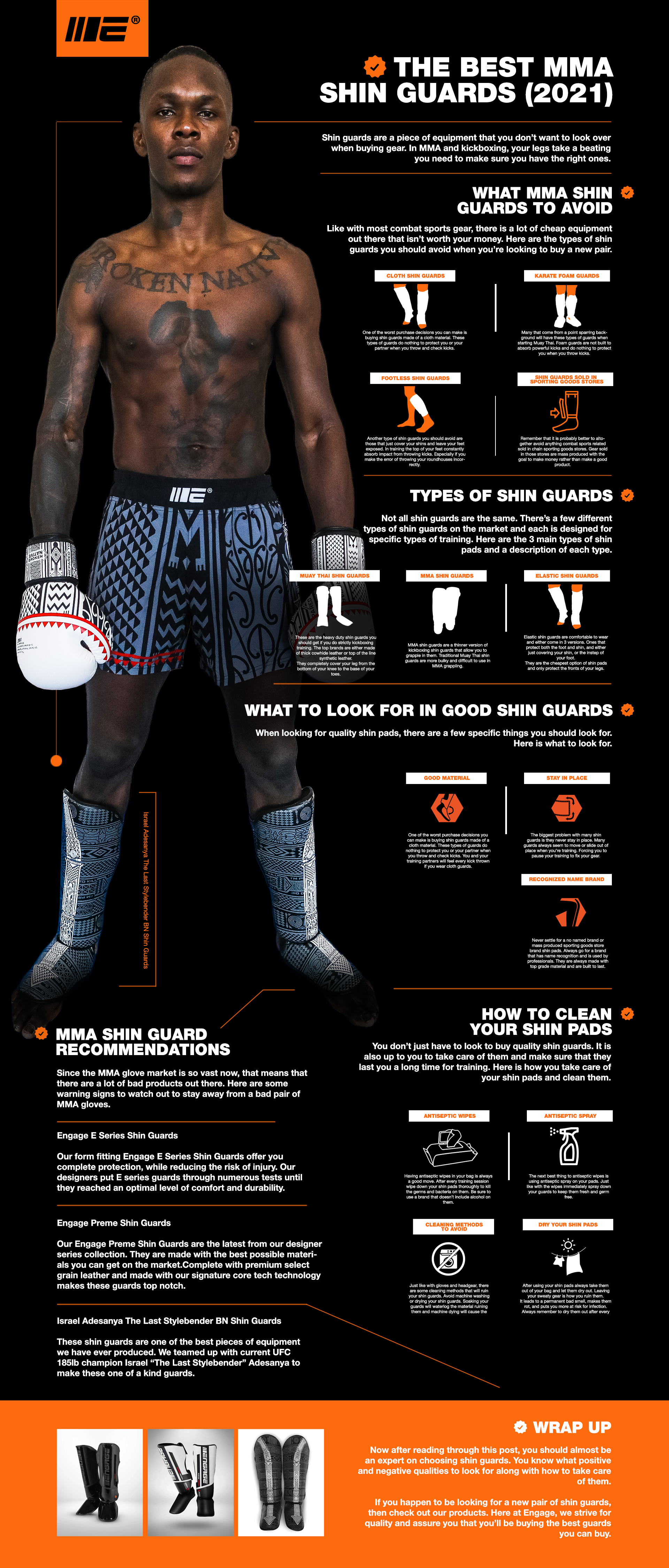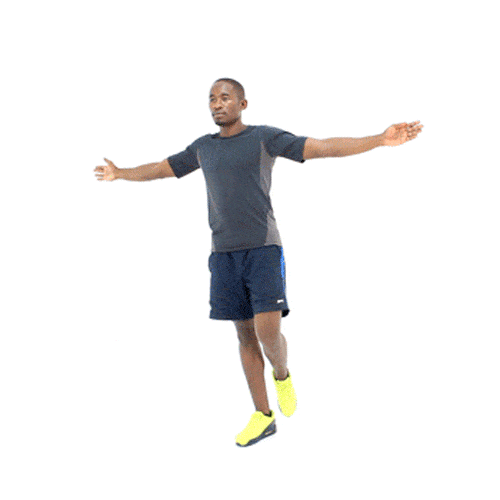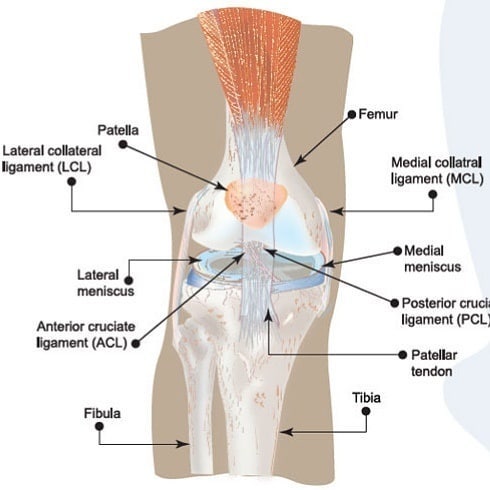There is a time in everyone’s life, where they have a dream of wanting to become a professional fighter. Becoming a pro mixed martial arts (wikipedia) fighter is another dream that has become a dream for many young fans of the sport.
Unfortunately becoming a professional MMA fighter is a difficult path as any other sport. In some aspects even more so than the others.
Although the road may be difficult it isn’t completely impossible. Below is everything you need to know about MMA training & how to become a professional MMA fighter and/or how to get your first professional fight. Read thoroughly if you are really serious about becoming one of few.
Disclaimer
Before you read through this, there is something you really need to know before going for this dream. You can follow this step by step guide and still come up short of becoming a pro MMA fighter.
There’s also another common scenario where you make it as a pro fighter but aren’t successful. That just comes with the territory of trying to become a professional athlete. It takes a special kind of person to become one and an even more special person to become successful at it.
Then you also have to realize that pro MMA fighters are among the lowest-paid professional athletes in the world. Only the top 1-2% make their living solely off of fighting. Most pro fighters have a 2nd job to help them pay the bills.
So if you come up short of your dream just understand that the majority of people that try fail. That doesn’t mean you have to stop training and being a part of MMA if you enjoy doing it.
Find an MMA gym
Of course, the first thing you have to do if you want to be a pro MMA fighter is to find a gym to train at. Not just any MMA gym, but a legitimate one.
you can use findmmagym.com to find top-rated MMA gyms within your location.
The qualities you should look for in an MMA gym include:
- Solid Jiu-Jitsu Program: You need to learn the ground game from a legitimate BJJ black belt that runs a solid BJJ program. Learning Jiu-Jitsu from an experienced black belt will give you the best chance of becoming a fighter.
- Experienced Striking Coach: Look for an MMA gym that has an experienced striking coach to teach you how to strike. Check the striking coach and see if they have a solid background in either, Muay Thai, kickboxing, or Karate.
- Good Wrestling Program: Most of the best MMA fighters have a background in wrestling. Having a background in wrestling can definitely help, but if you don’t you’ll need to learn this grappling art’s principles.
Move to another city
If you really consider pro fighting, you may have to put yourself out there and move. You gotta be willing to risk everything for your dream and that could involve moving far away from your home.
Many top fighters have packed up everything they owned and moved across the country to chase their dream. Even many fighters from different countries have moved to different countries in order to chase their dream.
Moving to find the right MMA gym might be something you need to do in order to chase your dream.
How long will it take to achieve my goal?
There is no specific time frame for how long it’ll take you to become a pro fighter. The amount of time it takes to become one is different for everyone.
Some advance faster to the pro level than others, but that is because they possess 3 special attributes.
- A Base In Another Martial Art (Wrestling, BJJ, Muay Thai, etc.)
- Athletic Ability
- Talent
Having a base or experience in another martial art like wrestling can definitely help you progress. Especially if you are skilled at it. Those with a base in another martial art always advance faster than those starting from the ground up.
The other two attributes of being a gifted athlete and having talent are things you can’t teach. Some are just gifted with these two attributes and can excel faster than most.
An all-time great fighter like Jon Jones has all 3 of these attributes.
Starting from ground zero
Let’s say you don’t have previous experience in martial arts and starting out with no experience. It could take you a few years of just training before you even compete.
But don’t stress about the time frame. Everything worth doing requires work and your dream has no expiration date.
You should also know that every fighter has his unique fighting style, it's a little bit confusing when you hear this for the first time but don't worry, you'll be able to figure it out on your own, you'll end up developing your own fighting style based on your strengths and weaknesses and what you're best at.
For example Khabib Nurmagomedov has a wrestling-based style, while Israel Adesanya "Izzy" is a very patient fighter. He never starts off too aggressive or even gets overzealous when he has his opponent hurt.
MMA Gear
When it comes to the most frequent question: "What type of training gear do I need?"Well it depends, as there are different disciplines in mixed martial arts, whether it is for striking or grappling, combat sports are full contact and each style will require a different set of equipment.
However we wrote a whole detailed step by step article about essential mma gear for beginners (interlinking), read it carefully and by the end of it you'll be able to decide which gear you should get.
Once you have decided you can visit our store Video circles MMA to choose from a wide range of top quality MMA fight gear (store) & fightwear used by our top performing MMA athletes like Israel Adesanya, Alex Volkanovski and much more..
The training
If you want to be a pro MMA fighter you have to be a gym rat. You got to be in the gym nearly every day in class working on developing your skill and learning the basics.
Taking every grappling and striking class you possibly can, while also hitting the open mats to get extra strength training in. Training MMA has to become your passion and obsession. You have to live for it and build your entire days around your training.
How many classes should you take each week?
Of course, you should try to get as many as your schedule and body allow. Although if you want a specific average of classes try following this schedule.
Look to try to hit this average number of classes each week:
- 3-5 Grappling Classes
- 3-5 Striking Classes
Try to get in the same amount of striking and grappling classes each week. Although you’ll probably develop a preference for one over the other, which is okay.
Again if you're finding hard time to look for the perfect MMA gym and it's taking you forever, we got you covered - you can check this ultimate home workout plan.
Conditioning
On top of training the disciplines of the sport nearly every day, pro MMA fighters do different types of conditioning. This extra training is what separates fighters from hobbyists.
Pro fighters have to have their bodies performing at an optimal level for their sport. Each fighter does various types of training to improve their conditioning.
Some of those types of training include:
- Running Classes
- Weightlifting/Weight Classes
- HIIT Training Classes
- Crossfit Classes
- Interval Training Classes
We've also written a small article on how to improve your metabolic conditioning in 8 exercises.
These are just a handful of the different types of training pro MMA fighters do to improve their strength and endurance. We aren’t going to give you a guideline for your conditioning, because each person needs their own specific regiment. One training regiment will work for one person and be insufficient for another person.
Do your research and find out what your body needs to create a conditioning program that benefits you.
Diet
Every professional fighter follows some sort of diet. What you eat is probably the most important thing in your training regiment that many don’t take seriously.
The food you eat is the fuel for your body that can have a positive or negative effect on your training. If you fill your body with nutrient-rich food it’ll have a positive effect on your training. Then if you fill your body with bad processed food it’ll have a negative effect on your training.
Again like with conditioning, we aren’t going to give you a plan, because each person needs their own. Everyone has their own food preferences depending on things like food allergies and culture. One diet plan will work for one person and be horrible for another person.
Just remember to get the most out of your training, you need nutrient-rich food. If you want to know more about the best diet for a fighter read our article below. (Link Here)
We also have a vegetarian & vegan diet for MMA Athletes - click this link to read it.
Amateur MMA
Before you can even think about being a pro MMA fighter, you have to get your experience in amateur MMA. Amateur MMA is where the future professional experience gets their experience before they can go pro.
The wins and losses in amateur MMA don’t count against you just like in amateur boxing or kickboxing. It was specifically created for those with dreams of becoming pro fighters to get experience competing.
You fight in front of a live audience just like a pro event, but with altered rules for amateurs. Those rules include shorter rounds, no elbows, and usually no reinforced knees to the head of an opponent.
How many amateur MMA fights should I do?
Intensely! You need to try and get in as many amateur fights as you can.
In amateur boxing and kickboxing, fighters rake up numerous fights to gain experience. For amateur MMA you must do the same thing and compete in many fights. Look to compete in over 10 amateur matches and win a few belts before going to the pro level.
Hard Sparring Events (Smokers)
Before an MMA coach lets you compete in amateur MMA, many make you compete in another type of fight. It is a hard sparring session that is like a fight against someone from another gym. Some refer to these types of sparring sessions as smokers.
Many MMA coaches make you compete in these unsanctioned fights to see if you are ready to compete in amateur. They are a great way to see how you will respond when you are put in a real fighting situation.
Just like with amateur MMA, these fights, these fights don’t count against you, so do a lot and get experience.
Other types of competitions
Other types of combat sports competitions will also help you get to the pro level. Jiu-Jitsu competitions, as well as amateur boxing and kickboxing competitions, are very beneficial to help you become an MMA pro.
Jiu-Jitsu competitions
Jiu-Jitsu competitions are a great way to get experience for MMA. The best part is there is no striking allowed, so you can always do these competitions.
In almost any area across the US and Europe, there are BJJ competitions held almost weekly. They will keep you in shape and you’ll always have a way to keep testing your grappling ability.
Amateur boxing/kickboxing competitions
While you’re still at the amateur level, you can compete in amateur boxing and kickboxing competitions to improve your striking.
Having sharp striking is crucial to being successful in MMA. Taking some time to learn these striking disciplines will be extremely beneficial for you. Consider participating in some of these competitions, while you’re still at the amateur level.
Important things to remember
To end this step by step guide, we’ll leave you with some words of encouragement. To become a professional fighter remember that it takes these things to become one.
Dedication
You need to have immense dedication. eating the right diet, sleeping at an early time, and last but not least you have to breathe MMA.
It takes years of dedication to become a pro fighter. Without being completely dedicated, you will never achieve this dream, so be dedicated and go for it.
Focus
You need to have a laser-like focus on your goals. Fighters only have one thing they focus on and that is the task at hand.
Pro fighters like Mike Tyson were only focused on becoming the best. MMA will need to be your sole focus in order to become a successful athlete.
Intelligence
Your fight IQ is even more important than your physical ability. MMA may be a physical sport, the battle is one in the mind.
A fight is like a chess match with dire consequences if you make an error. Take the time to build your fight IQ to become a cage general. Learn everything about the ins and out of the sport and you’ll have a better chance to be a pro.
PMA (Positive Mental Attitude)
You must always have a positive mental attitude when you’re working to become a pro MMA fighter.
The best fighters in the world think that they are the best and refuse to let negative thoughts defeat them.
Luck
The last thing you’ll need to become a pro MMA fighter is just dumb luck. It may sound silly, but it’s true.
To be successful in this sport, you need to have the luck of good timing. You have to have the luck of being in the right place at the right time. If you have a little luck on your side, then maybe you’ll be able to.

Provided by videocircles.com
Embed
]]>

































